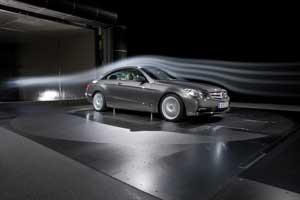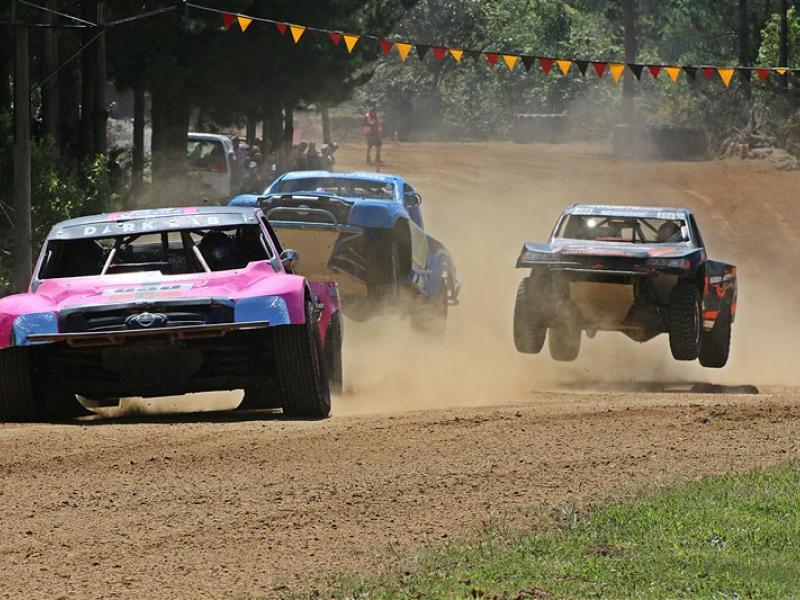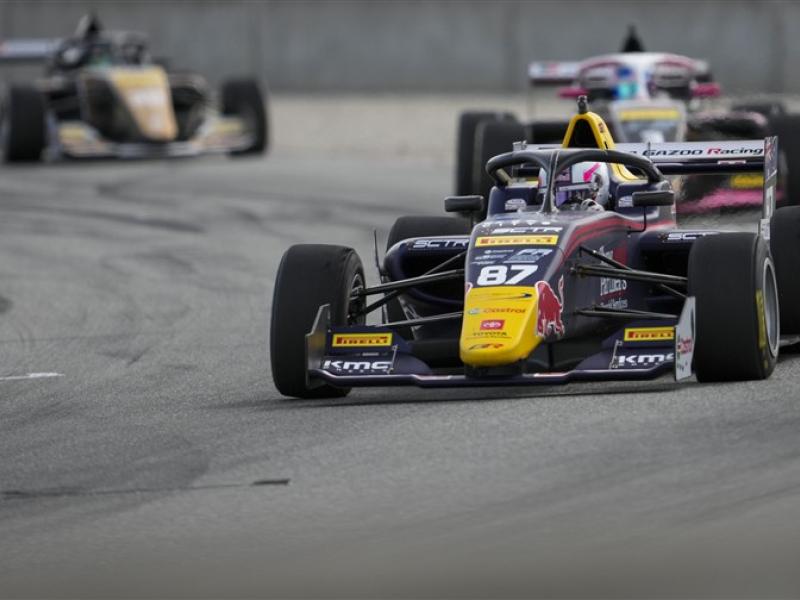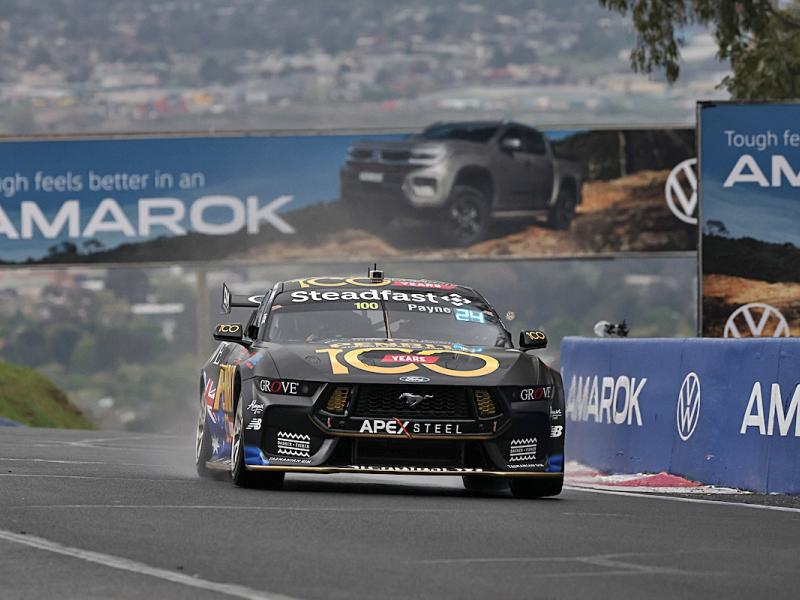| Mercedes-Benz recently launched a new E-Class range of sedans and coupes which showcases their latest four-cylinder diesel technology. The new four-cylinder twin-turbocharged 2.2 litre diesel engine in the E 250 CDI models produces 150 kW with peak torque of 500 Nm. The new E 250 CDI Coupé needs just 7.4 seconds to accelerate from 0 to 100 km/h. The new EU5 standard engine consumes 5.1l/100 km (provisional combined figure). CO2 emissions are just 135g/km. The 2.2 CDI engine receives the fourth generation common-rail direct-injection with an increased 400-bar in the maximum rail pressure, which is now 2000 bar. Newly developed piezo injectors are key components in the latest CDI engine. The piezoceramic properties can change their crystal structure – and therefore their thickness – in a matter of nanoseconds when electrical voltage is applied. The new injectors are equipped with a stack of thin piezo-ceramic layers (called the “piezo stack”) to enable them to achieve a sufficient overall lift from the very small lift per layer. This lift activates the nozzle needle directly, so that the fuel injection can be adjusted even more precisely in line with the current load and engine-speed situation. Another key factor behind the low emissions, low fuel consumption at full load and peak output is the ignition pressure of 200 bar. The diesel engine marks the debut of two-stage turbo charging in a series-production diesel engine for Mercedes-Benz. A small high-pressure (HP) turbocharger and a large low-pressure (LP) turbocharger are connected in series. The HP turbine is located directly at the exhaust manifold and initially allows exhaust gas to flow through it; it then rotates at up to 215,000 revolutions per minute. The HP turbine housing features an integral bypass duct, which can be opened or closed by a charge-pressure control flap triggered by a vacuum cell. If the flap is closed, the whole exhaust stream flows through the HP turbine. As the engine speed increases, the charge-pressure control flap opens, distributing the exhaust gas energy to the turbines with optimum efficiency. Downstream of the HP turbine, the two exhaust gas streams join up again, and the remaining exhaust gas energy drives the LP turbine at a maximum speed of up to 185,000 revolutions per minute. To protect against overloading, the LP turbine is equipped with a bypass waste gate. Once the engine reaches medium revs, the HP turbine’s charge-pressure control flap is opened so wide that the HP turbine ceases to perform. This allows the full exhaust gas energy to be directed with low losses into the LP turbine, which then does all of the turbine work. |
Mercedes-Benz has installed a larger intercooler than the one seen in the previous models, which reduces the temperature of the compressed and heated air by up to 140 degrees Celsius so that a larger volume of air can enter the combustion chambers.
|






